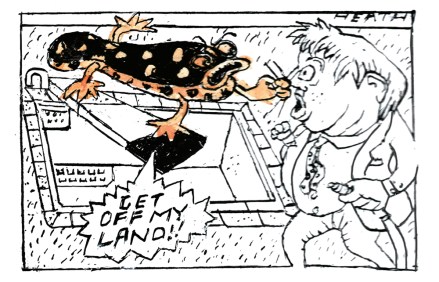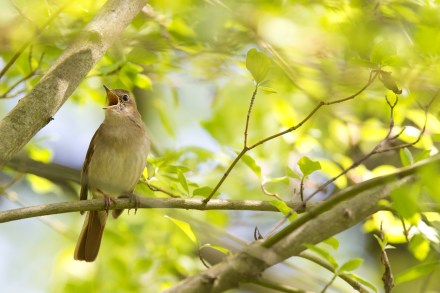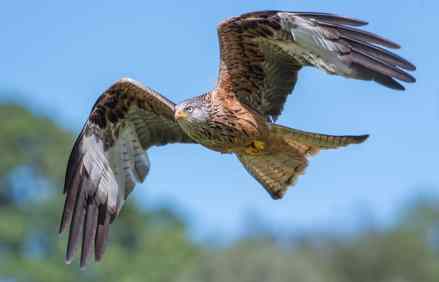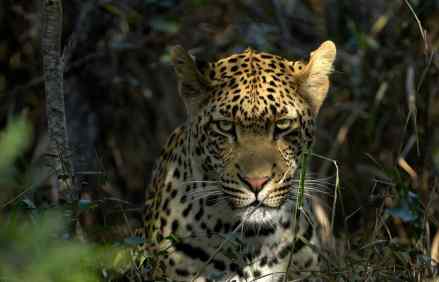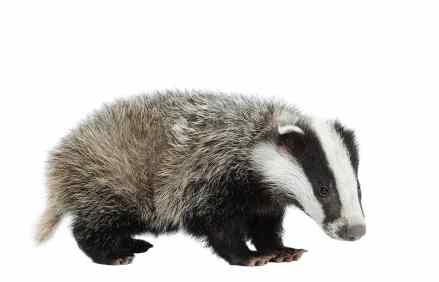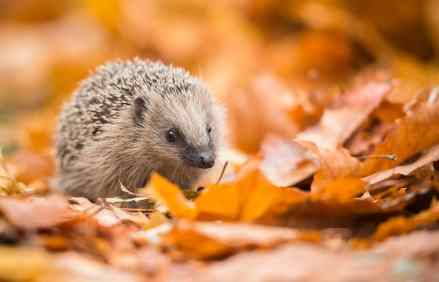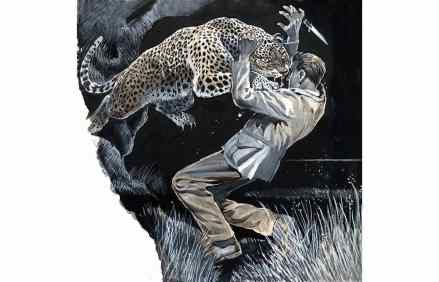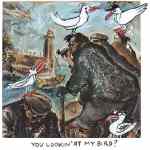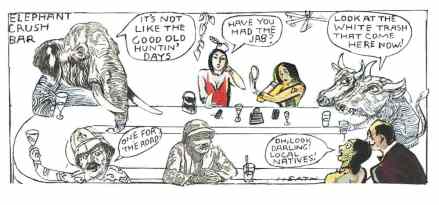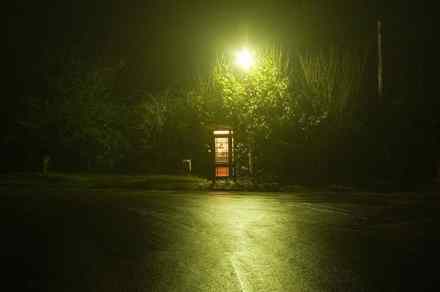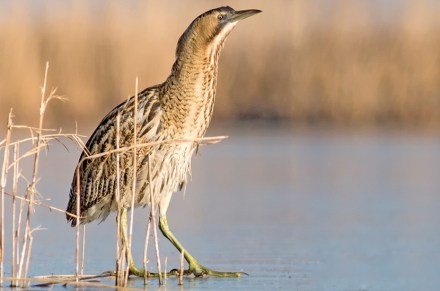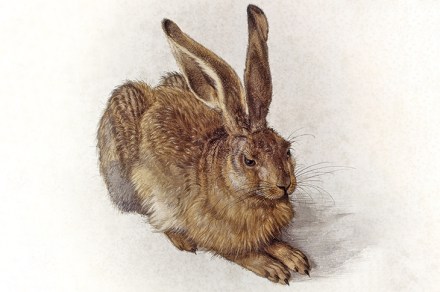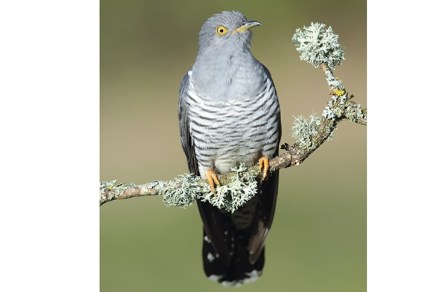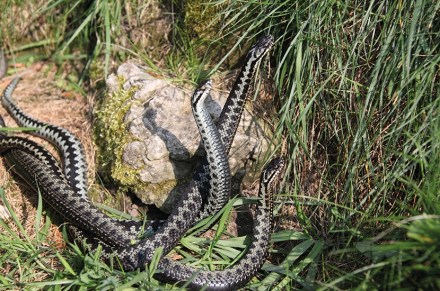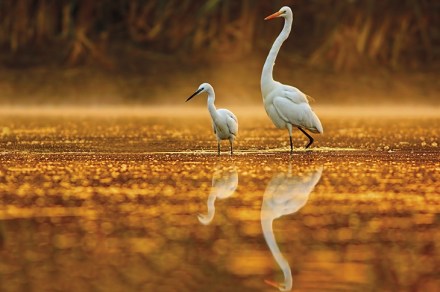In praise of Boris’s nemesis: the great crested newt
Britain is not blessed with an abundance of amphibians. There are just seven native varieties. The loss of ponds – whether in gardens, farmland or in areas earmarked for development – has seen a dramatic decline in habitat for one of the seven in particular, the great crested newt (or GCN for short). Its rarity means it is protected by law, making it an offence to kill, injure or capture one, or damage its habitat. That is why for construction firms, road builders and, most recently, Boris Johnson, no newts is good news. The discovery of GCNs at Johnson’s Oxfordshire pile meant planning permission for a swimming pool was refused.
